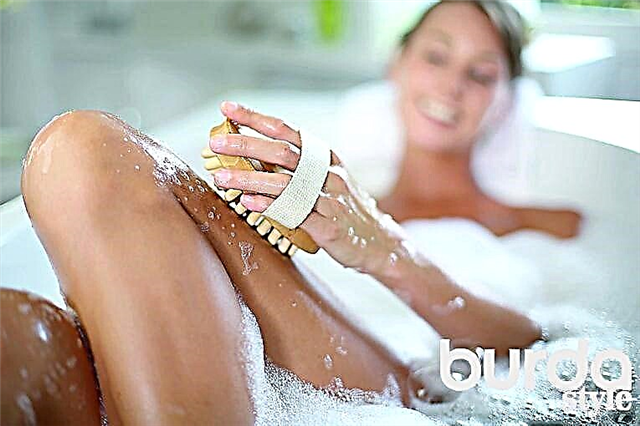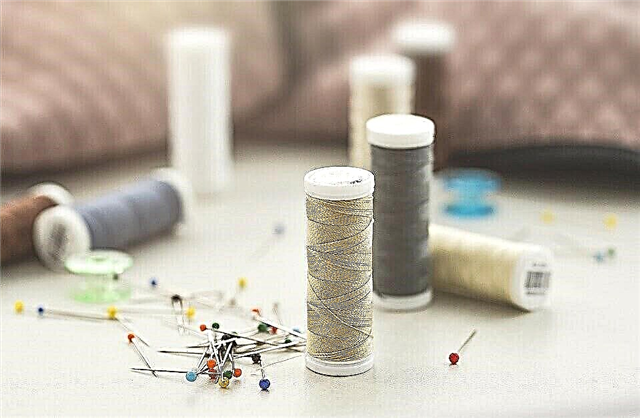Share
Pin
Tweet
Send
Share
Send
Everyone knows that ultraviolet is harmful. However, many of us still love a smooth chocolate tan. We’ll talk about how to combine one with the other.
Strange type
There are 3 types of sun rays in total: UVA, UVB and UVC. The latter is not dangerous for humans, since it is completely absorbed by the atmosphere, and the first two can cause a lot of problems. Rays like UVB are responsible for the production of melanin (consider tanning): acting on the skin, they enhance the production of pigment, which is nothing more than a protective reaction of the body to radiation. It is they, in fact, that lead to harmful burns.
UVA exposure is not visible to the naked eye. But this radiation is even more dangerous: rays penetrate the deeper layers of the skin, destroy collagen fibers, contribute to cell damage and the formation of free radicals. It starts the photoaging process of the skin and, according to some reports, can cause melanoma.
What's in the composition
Modern sunscreens can protect the skin from all types of radiation. To do this, they use various filters: physical (zinc dioxide, titanium dioxide) and chemical (avobenzone and mexaryl). Most creams use both, for comprehensive protection, but some may not be suitable.
The fact is that chemical filters are considered more allergenic, so people with sensitive skin need to be careful. They are better off using the so-called sun blocks, which contain only physical filters. They reflect the sun's rays without interacting with epidermal cells, and therefore are recognized as safer (in children's cosmetics, for example, only such components are allowed).
Sun blocks can be applied directly on the beach, they begin to work instantly. But Sanskrit - means with chemical components - in order to "turn on", it takes 20-30 minutes. Remember this when planning to sunbathe.
There are also natural UV filters - shea butter, sesame, almond, and aloe vera extract.
Risk factor
Perhaps the first thing we pay attention to when buying sunscreen is the SPF level. This indicator determines the amount of time that you can spend on the beach without the risk of burns. The higher it is, the longer and more efficiently the product works. But sometimes the difference is not so great: according to dermatologists, a cream with SPF 30 protects against UV rays by about 97%, and a product with SPF 50 - by 98%. The difference, as you see, is very small. It is also important to remember that the SPF of several products applied to the skin does not stack. The protection index is determined by the highest indicator: for example, if you use a day cream with SPF 10 and a tonal foundation with SPF 15, the total index will be not 25, but 15.
Care and protection
Today, UV filters are found in almost any day care products and decorative cosmetics.By and large, such products may well replace special sunscreens. But - doctors warn - only if the case occurs in the middle zone of Russia and at the same time a person spends very little time in the sun. Simply put, you would hardly need a Sanskrin for a short walk at lunchtime. But for a picnic in a sunny meadow, it will definitely come in handy.
When choosing protective equipment, pay attention to their additional properties. The latest generation products are multifunctional - they not only block
UV rays, but also moisturize the skin well, provide antioxidants, increase elasticity and prevent hyperpigmentation. Such products will be an excellent solution for those who do not like to apply several layers of cosmetics. The main thing is to carefully read the composition: you need amino acids, vitamin E and a variety of vegetable oils and extracts.
Special sunscreens

- Sunscreen for very sensitive face and body skin Dado Sens, approx. 1690 rub.
- Anthelios XL SPF 50+ La Roche-Posay tinting facial fluid, approx. 1340 rub.
- Lip balms "Bronziade" SPF 15 and 30 Librederm, approx. 230 rub - each.
- Anti-aging sunscreen for face SPF 30 Soleil Divin Caudalie, approx. 1870 rub.
- Sunscreen with Vitamins for face Soin Vitamine SPF 30 Soleol Noir, approx. 2100 rub.
- Sun Zone Oriflame, approx. 500 rub
Solar menu
Not only sunscreens, but also the right diet affects tanning. Scientists have proven that foods rich in antioxidants and fatty acids slow down photoaging and reduce the risk of developing melanoma.Your helpers in the fight for beautiful healthy skin are tomatoes, peppers, grapes, carrots and other orange fruits and vegetables, as well as fatty fish and avocados. In summer, coffee is best replaced with green tea. This drink also contains substances that prevent the formation of free radicals and protect cells from damage by UV rays.
Nowadays, many “solar” dietary supplements are presented in pharmacies, which, on the one hand, contribute to the production of melanin, and on the other, increase antioxidant protection. Pay attention to supplements with L-tyrosine, L-cysteine, vitamin E. It is advisable to start taking such drugs 2–3 weeks before the planned vacation.
Safety regulations
To make the tan really safe, eliminate the risk of photoallergy. Its symptoms are severe redness and burning of the skin. Then peeling, puffiness and sometimes even blisters appear. Allergens accumulated in the body may also be the cause of this disease, but external factors - contact with substances incompatible with prolonged insolation - are most often to blame.
For example, the risk of photoallergy increases with antibiotics, a number of anti-inflammatory and hormonal drugs, including some contraceptives. Retinol and all its derivatives, which are often found in anti-aging cosmetics, are also incompatible with the sun. Finally, another factor provoking a strong reaction is the combination of active sun and perfume. When going to the beach, it is better to put it aside, and if you can’t do it without aromas at all, use a light aromatic haze for your hair.
Important! The shelf life of funds with SPF is 12 months after opening.then they stop working and become unsafe for the skin.
You will find even more interesting articles on Lisa.ru!
Text: Irina Titlina
Photo: Artenauta / Fotolia.com, CULTURA / SEB OLIVER / GETTY IMAGES, Alexander Platonov / Burda Media, Artenauta / Fotolia.com
Share
Pin
Tweet
Send
Share
Send



